If What We Build Doesn’t Feed the People, We’ll All Starve
What a neighborhood losing access to food can teach us about conscious capital & feeding the future
Editor’s Note:
Alex is my business partner, Managing Director of Erah Capital and also my husband. It’s been meaningful to watch his path evolve from marketing director to capital steward, and now into someone actively reimagining what finance can do for real communities.
This piece is part personal essay and part practical breakdown. It starts with his pov of a closed down grocery store in our neighborhood and expands into a bigger question: What are we actually building and does it actually feed anyone? (We should all be asking this).
If you’ve ever felt called to fix something in your city but didn’t know where to start, this article might just be a blueprint.
- Jasmine
If you’re alive, you should eat.
That’s not a metaphor for equity or access or systems change.
It’s just the truth.
The fact that in one of the wealthiest countries on Earth, a human being can walk outside and have nowhere to buy an apple within walking distance is a sign of a failed marketplace. Failure of community care. A failure of humanity.
On the corner of East Jefferson and Van Dyke in Detroit’s historic Indian Village, the only walkable grocery store for miles has gone dark. The Indian Village Marketplace, which once served the East Side for over 40 years is now sun-bleached and silent. The parking lot is empty, and a pink paper taped to the glass reads: “Pharmacy moved next door.”
But the community knows what it really means. The market is gone. And this is not just about one store closing. This is about what happens when a neighborhood loses the ability to feed itself. When finance, a resource meant to serve life, doesn’t show up.


Drive slowly down Iroquois or Seminole or Burns Street, and you’ll feel time bend. Grand Tudor revivals. Deep porches. Hand-carved cornices. This is Indian Village. A historic district that never fully collapsed, even when the city around it did.
It sits at the seam between two worlds:
One, the legacy of Black Detroit families who held on.
The other, the new wave of gentrifiers and returnees investing in restoration.
These homes tell a story. Some stand polished like museum pieces. Others sag quietly, paint chipped, porches hollow. But all of them shared one thing: a walkable market. A place to buy bread, produce, medicine, WIC groceries, wine, diapers.
The Indian Village Market was the invisible spine of this neighborhood. Now, it’s a void. A food desert filled with forgotten streets but it didn’t have to get to this point.
The USDA defines a food desert as an area where at least 500 people or 33% of the population live more than one mile from a supermarket and have limited transportation.
But in Detroit, the definition is simpler:
“It’s when your grandma has to take two buses and a Lyft just to get milk.”
Indian Village wasn’t supposed to be a food desert. Million-dollar homes are just a few blocks away. Grosse Pointe, the richest zip code in Michigan, is less than 10 minutes east. But gentrification doesn’t always guarantee infrastructure. So what went wrong?
We all know by now that commerce follows capital, not community. And when small, independent stores can’t compete, they close quietly. No headlines. No succession plan. But everyone feels it.
Detroit has a history that’s rarely spoken of these days. This city isn’t just industrial, it’s ancestrally rooted in a dark past, with wounded memories. Filled with times when Black families, fleeing the terror of Jim Crow and the false promise of Southern “freedom” came during the Great Migration. At one point in Detroit, you could get a union job. Buy a house. Raise a family. Eat.
And they did.
Neighborhoods like the East Side became hubs of soul, of resilience, of Black dignity. Church hats and steel lunchboxes. Motown and peach cobbler. Sunday dinners and block clubs. Grocery stores like the Indian Village Market were part of that rhythm.
When they disappear, it’s not just a service lost. It’s a culture erased.
So here’s the real question, what would it take to bring this market back, intentionally, equitably, and sustainably?
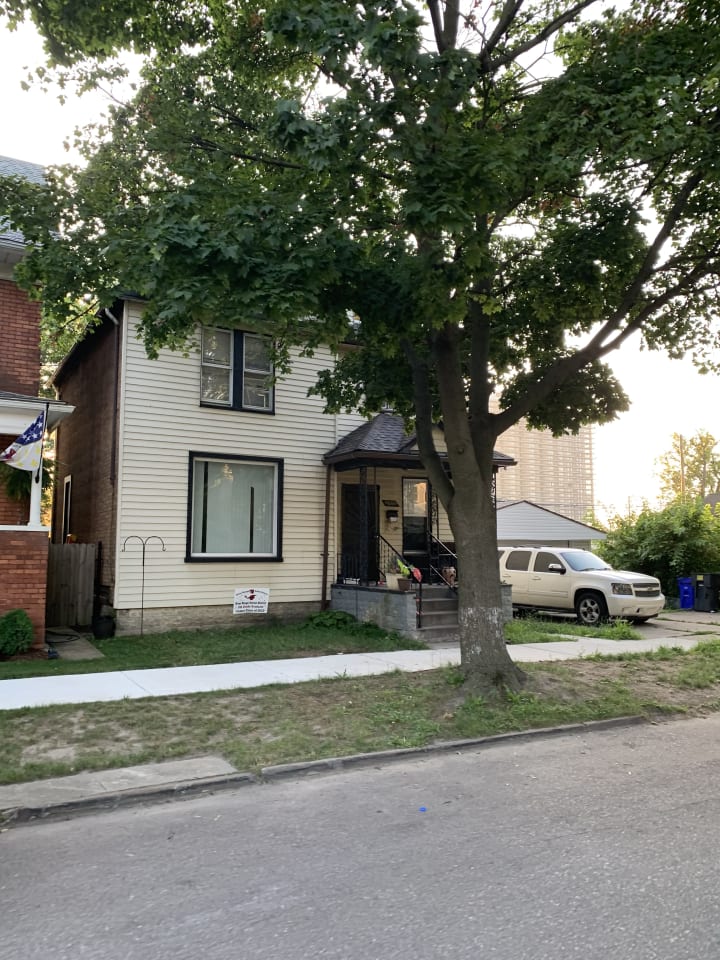

A New Way to See Capital
As some of you may know, I, Alex, am the Managing Director of Erah Capital, the conscious capital arm of Erah Society that exists to support Humanitarian-first businesses prepared to scale. We often hear the word “capital” and immediately shudder but the truth is nothing moves without resources. Even if you don’t understand every word of this next section, I encourage you to follow along with it, especially if you consider yourself a Humanitarian-first founder with a mission of solving a real-world problem. At some point you may need capital to make it happen & being an entrepreneur who is capital literate is a huge advantage.
So let’s break this down like capital stewards do:
Acquisition: the asset you want to buy
The building, Indian Village Marketplace, was listed/sold for around $2.3M.
A traditional commercial lender may offer 65–75% Loan-to-Value (LTV).
At 70% LTV → $1.61M loan
Buyer needs → ~$690K
Capital Stack Options: the funding opportunities
Senior Loan (Your Main Capital option):
Traditional bank, CDFI, or credit union (local preferred)
SBA 504 Loan if owner-operated
Philanthropic Capital / DAF / Community Investment Note
Subordinate Debt (Your Secondary Capital option if needed):
Detroit Development Fund or Invest Detroit
Soft-second from a foundation or NMTC-enhanced structure
Historic Tax Credits (HTC)
Renovation Budget: money you need to fix it up & open
Est. $600K–$1M for:
gut-renovation and fit-out
Runway for 6–9 months of operations post-launch
Operator Profile: a short resume showing you can run this business
Preferably a mission-driven grocer or co-op operator
Ability to accept EBT, WIC, and offer sliding scale goods
Mix of organic, local, and culturally resonant products
I wanted to share a technical, real life breakdown into how something like this could actually work because real change won’t come from hoping or endlessly talking about it. It comes from people who see something missing, feel that tug in their heart, and ask: What would it take to fix this?
Sometimes our role isn’t to create something brand new. Maybe we’re called to restore what already once served the people. Like a grocery store, in a historic neighborhood, that if given the right support, the right capital, and the right team, could serve again.
That’s why Erah Capital exists. That’s who I wrote this for. To shift money into the hands of humanitarian-first founders. The people who see a problem, feel called to respond, and are willing to build something that serves life
If that’s you, know you don’t need to have every answer. You don’t need an inflexible five-year plan. You just need a standard. A sense that something better is possible and a willingness to accept that money isn’t the enemy. Misaligned money is.
Right now, my focus is letting people in our neighborhood know:
“This building is available. And if this is your calling, if something in you is stirred by the absence of this store, know that we’re here to champion you. You don’t have to do it alone. We would love to support, partner, and walk alongside bringing it back, better, stronger, and built for the people who live here.”
This might sound idealistic or overwhelming. But honestly? Our future depends on. Philanthropy won’t save us.
We have to build businesses that are structurally sound, spiritually informed, culturally aligned, and economically viable. Businesses that are actually capable of enduring and nourishing the people and places they serve.
The grocery store may be gone but new life is right around the corner, literally.
Here’s to keeping our hearts and eyes open
Alex
P.S. The next Group Business Hours is coming up.
If you’re realigning your business to reflect a movement and to generate sustainable revenue, this space was designed for you. Whether you’re reworking your model, clarifying your offer, or simplifying your operations, Business Hours is where conscious founders come to get real time, intimate advisory for their humanitarian-first business.
We cap each session at 5 seats.
Join us → here
Details about Business Hours, head → Here
Up Next
Resonated with this piece? Read these next:




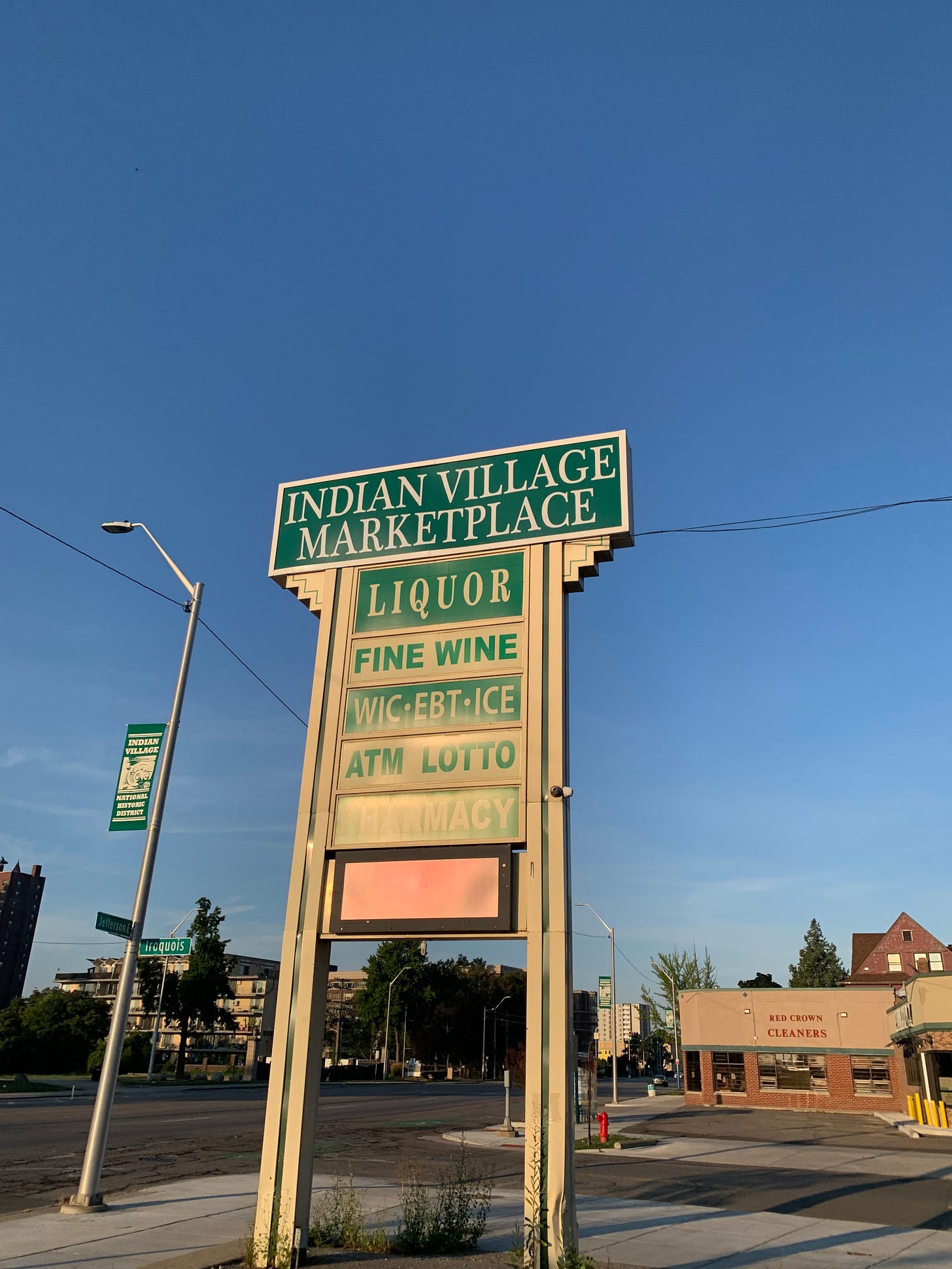
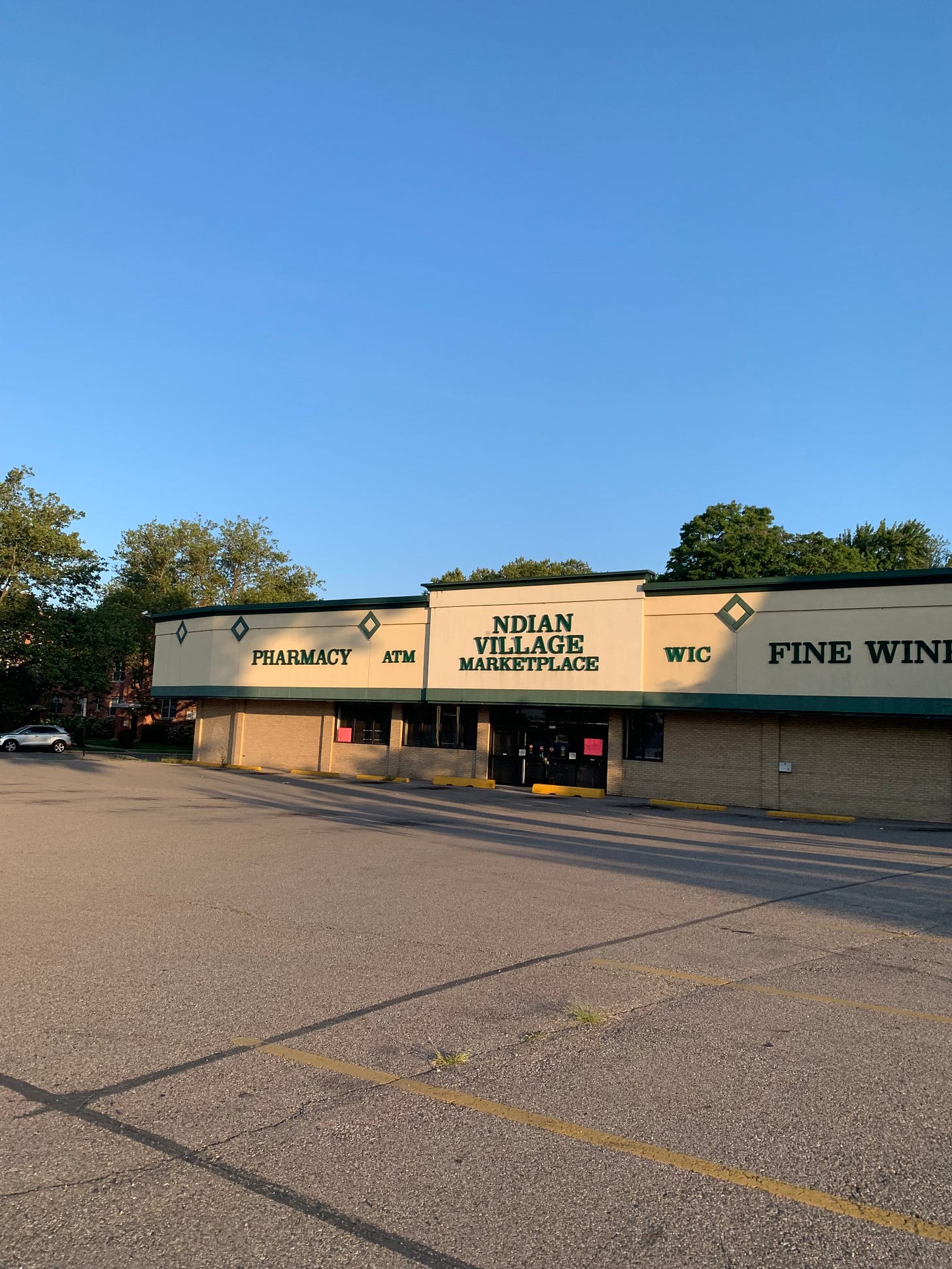
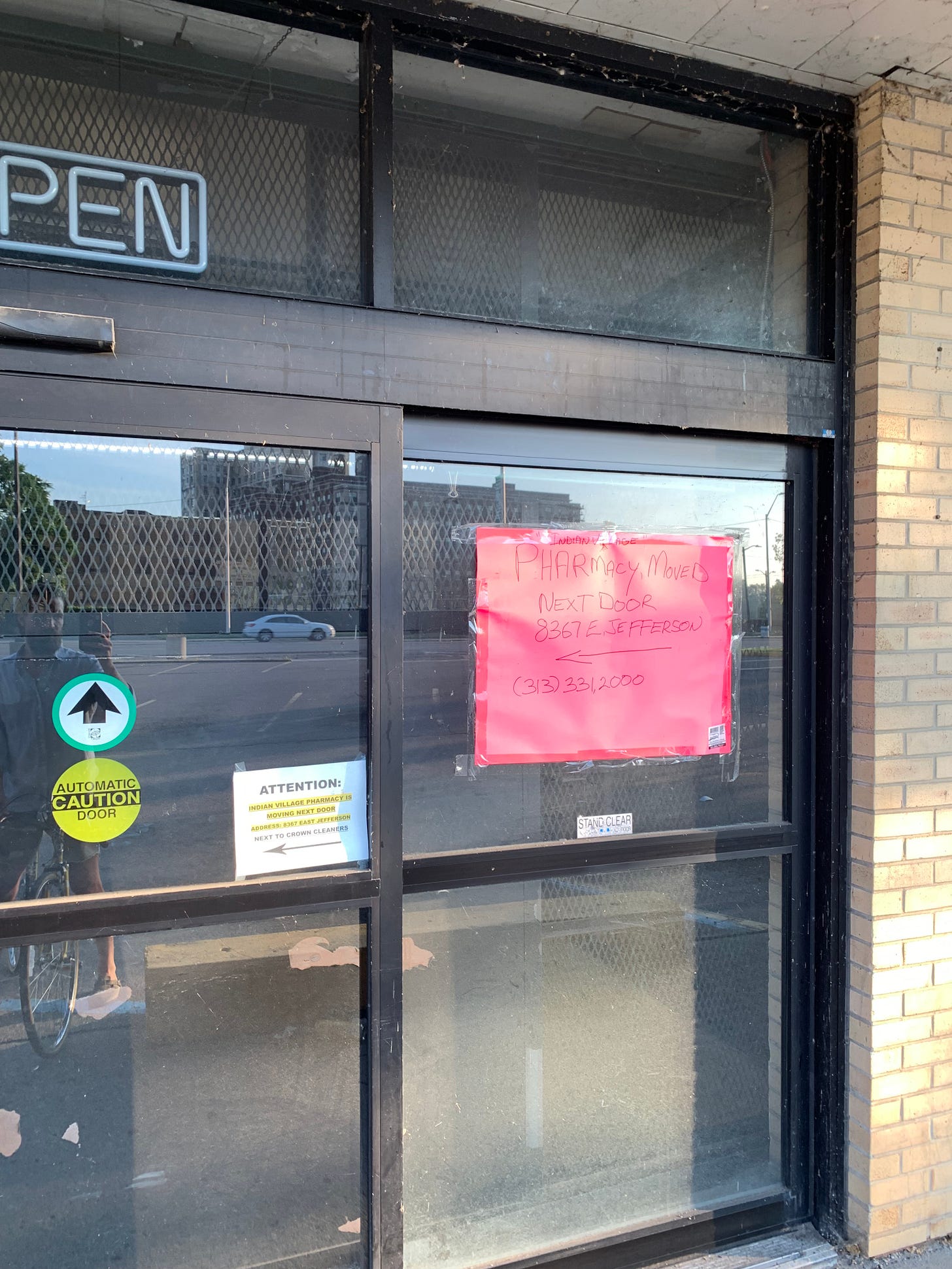
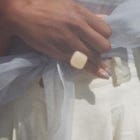



We're seeing this in St. Louis as well. I really enjoyed reading this, Alex. You're getting our wheels turning and a boost of confidence in potentially creating something that literally nourishes the community.
This sounds brilliant